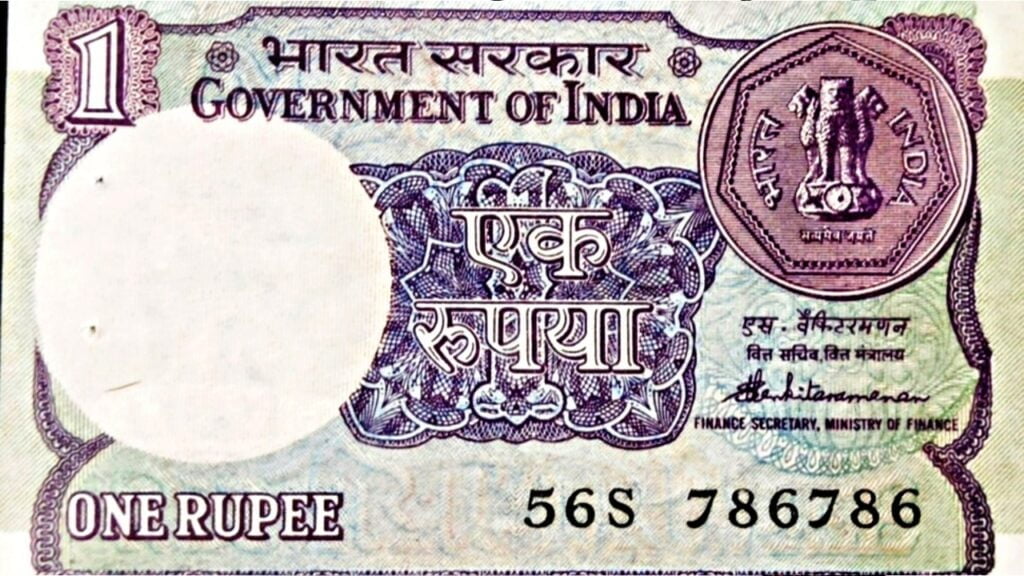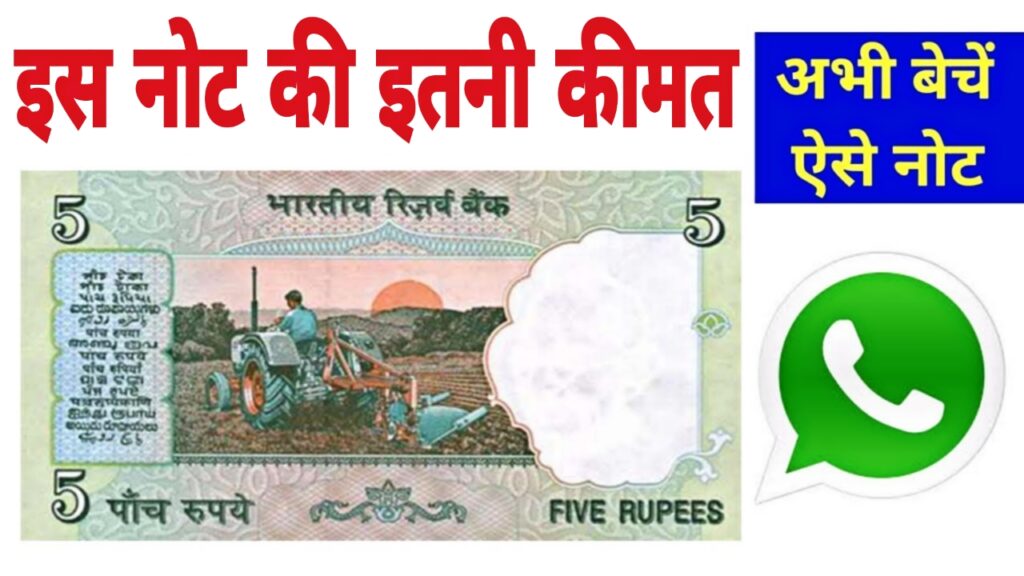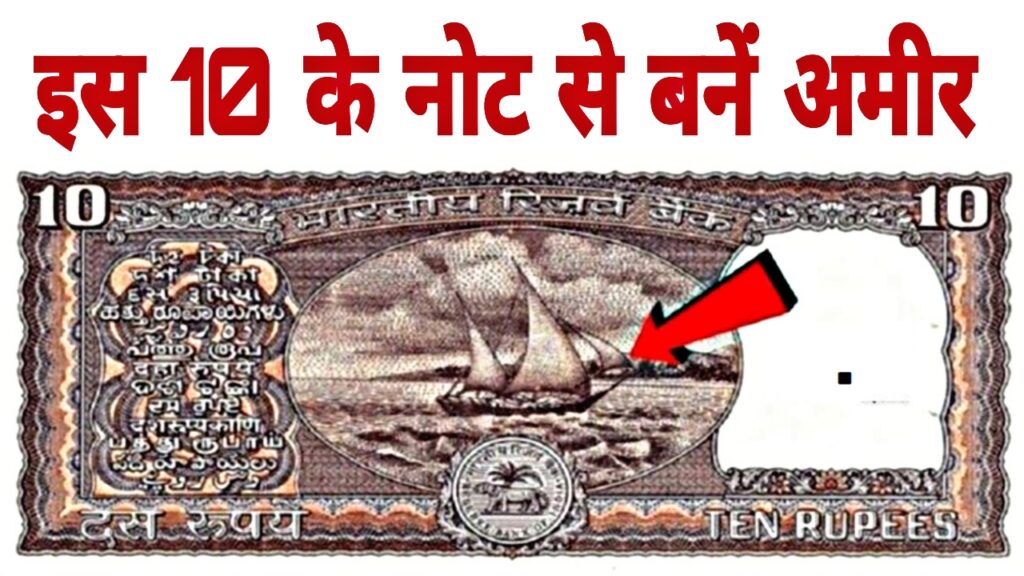NFT (Non-Fungible Token) is a digital asset based on blockchain technology. It is a digital certificate containing a unique digital signature. It certifies the uniqueness and ownership of any digital or physical object, i.e., serves as a proof of ownership of a digital object such as art, video, or game assets. It is non-fungible, meaning one NFT cannot be exchanged for another. It is unique and cannot be copied or altered. It securely records ownership on the blockchain and represents the digital asset.
Features Of NFT

- NFTs are unique and cannot be exchanged for anything else.
- NFTs act as digital certificates, proving ownership of digital objects such as art, video, or game assets.
- They are based on blockchain, a secure and immutable digital ledger.
- NFTs can be bought and sold on digital platforms.
- They are indivisible; they cannot be divided into smaller pieces, making them inalienable.
- NFTs prove the rarity of any digital or physical object because they are recorded on the blockchain, making them secure.
- Once recorded on the blockchain, the ownership record cannot be changed or deleted.
- They differ from cryptocurrencies in that Bitcoins can be exchanged for each other, but NFTs cannot be exchanged for each other.
How NFTs Work

NFTs are like digital ledger entries that record the original owner of a particular digital asset, such as artwork, music, video clips, or virtual land. They are based on blockchain technology, and ownership is recorded on the blockchain, which can never be changed.
Each NFT has a unique identification code and metacode, which distinguishes it from others, making it special and valuable. Because it is based on the blockchain, and the blockchain is an immutable public ledger, once an NFT is created, its ownership cannot be changed or deleted. Therefore, when someone purchases an NFT, they are purchasing a certificate of ownership of a digital asset that is completely secure, as it is recorded on the blockchain as an NFT.

For example, any digital artist can convert their artwork into an NFT, the ownership of which will be recorded on the blockchain, proving that the digital image is original and unique. Even if someone makes a copy of it or takes a screenshot of it, because its ownership is recorded on the blockchain, it will be considered to be their real owner.





